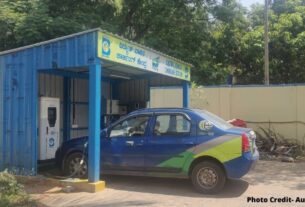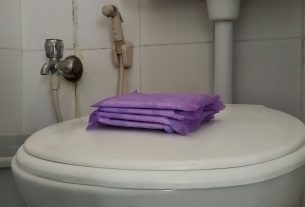The population of indigenous cattle has dropped by 6 percent despite an overall increase in cattle population.
By Pradnya Desai
Cattle Census 2019 has recorded an increase in cattle population from 192 Million in 2012 to 192.5 Million in 2019. Karnataka has recorded a 22 percentile rise in the cattle population in this period and still the number of indigenous cattle breeds have dropped.
Hallikar is one such indigenous cattle breed that has reduced to a dismal 1.2% of the total indigenous cattle in Karnataka. These cows enjoyed royal patronage in the Vijayanagara Empire owing to its resilience, a quality of the draught cattle. Today Hallikar population is merely 18,07,932 , while Amrit Mahal, its hybrid is 2,29,063 in number.
Rajamma from Agara village has two Hallikar cows and three cross-bred Jersey cows. She gets about two liters milk from each Hallikar cow and uses them for farming while she uses the Jersey cows for milking. “The Jersey cows give about 18 liters milk each,” she said.
Harish, a dairy farmer who owns five Jersey cows and two calves said, “Due to automation in farming, the white cows are not required any more. They also give very less milk compared to Jersey cow hence everyone in the neighborhoodhas jersey cows.” You still haven’t explained automation here.
Exotic and cross-bred cows make 21 per cent of the cattle population in India. Out of this, 59 per cent of the cattle are Jersey cows.
A dairy worker at a milk collecting centre in Gangassandra said, “There are three dairy centers in the village that collect milk of the Jersey cows. We do not collect milk of the Gujarat cow. People sell it individually.” The worker added that there are no dairy centers for the indigenous cows in the village.
To conserve the population of the indigenous cattle, Department of Animal Husbandry and Dairy (DADF) has come up Rashtriya Gokul Mission scheme.
The Rashtriya Gokul Mission scheme aims at developing and conserving of indigenous cattle breeds developing programs to improve their genetic makeup and increase the stock and enhance milk production and productivity. The abandoned indigenous cows are being replaced by dairy mechanization and the jersey cows are left at the mercy of private goushalas that are not fully equipped or sufficiently aided by the government.
Mr. Parthasarthy added, “A thousand cows can’t be accommodated in small areas of two-three acres of land. An individual cow requires at least 200 meter of personal space.”



